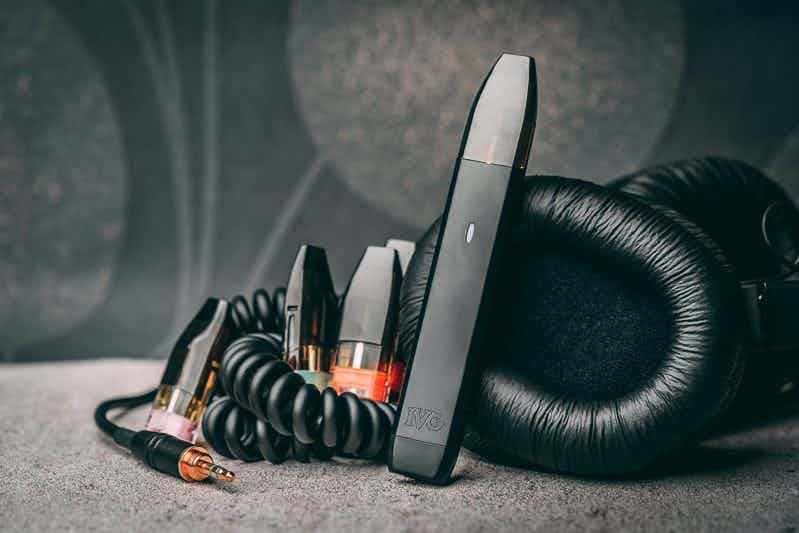Optimal Temperature Settings for Different Vape Juice Types
Vaping has evolved into a sophisticated art form, characterized by an array of vape juices, devices, and preferences. One of the most critical factors influencing the vaping experience is the temperature settings of devices, which can significantly enhance or detract from the flavors and overall satisfaction. This article will explore optimal temperature settings for different vape juice types, providing insights into product specifications, user experience, advantages and disadvantages, and target user demographics.
Product Overview and Specifications
Modern vape devices come with adjustable temperature settings, allowing users to tailor their experience based on the type of vape juice being used. Vape juices can be broadly categorized into three types: PG (propylene glycol), VG (vegetable glycerin), and hybrid formulas that combine both. Understanding the composition of these vape juices is integral to selecting the right temperature settings.
Vape Juice Types
1. PG Vape Juice: This type is known for its throat hit and flavor intensity. It generally delivers smoother puffs and is less viscous.
2. VG Vape Juice: VG juices are thicker and provide larger vapor clouds. They are known for their sweetness and are typically mild in throat hit.
3. Hybrid Juices: Combining both PG and VG, these offer a balanced experience, appealing to a wide range of preferences.
Appearance and Feel

When it comes to device design, aesthetics can vary widely. Modern vape pens are sleek, often featuring matte or glossy finishes, and many come equipped with digital displays for easy temperature adjustments. The device’s feel is equally essential; ergonomic designs contribute to comfort during prolonged use, ensuring that the vaping experience remains enjoyable.
Optimal Temperature Settings
The temperature at which vape juice is heated can substantially alter the flavor profile and vapor production. Here are recommended temperature ranges for each type of vape juice:
1. PG Vape Juice: Optimal temperatures range from 200°F to 300°F (93°C to 149°C). Within this range, users can expect a pronounced flavor with minimal risk of burning the liquid, maintaining a robust throat hit.
2. VG Vape Juice: For VG-heavy juices, the ideal temperatures are slightly higher, between 300°F and 400°F (149°C to 204°C). This range allows for maximum vapor production while ensuring that the sweetness of the VG does not become overpowering.
3. Hybrid Juices: A versatile range of 250°F to 350°F (121°C to 177°C) tends to work best for hybrid mixes, offering a balanced flavor and vapor output that caters to diverse preferences.
Flavor Longevity and Vapor Production
The flavor longevity of vape juices is tied to their temperature settings. Higher temperatures can lead to burnt or harsh flavors, causing them to degrade more quickly. Finding the sweet spot for each juice type helps prolong flavor intensity and ensures a more satisfying vaping experience.
In terms of vapor production, it generally increases with a rise in temperature—especially for VG juices. However, moderation is essential; excessive heat can lead to discomfort or a diminished flavor profile.
Battery Life and Charging
Battery life is another crucial consideration. Devices operating at higher temperatures consume more energy, leading to decreased battery efficiency. Users should look for devices with robust battery life, ideally lasting a full day of moderate use. Devices with fast-charging capabilities are advantageous, allowing users minimal downtime.
Performance and Usage
The performance of a vape pen is dictated not only by its temperature settings but also by its build quality and the materials used in the coils. Coils made of materials such as stainless steel, nickel, or titanium can influence heating speed and vapor quality, requiring users to experiment to find their ideal setup.
Using a vape device typically involves filling the tank, letting the juice saturate the coils (if applicable), and adjusting the temperature based on the juice type. Beginners are encouraged to start on the lower end of the temperature scale and adjust until their desired flavor and vapor output is achieved.
Advantages and Disadvantages
Advantages:
– Customizable Experience: Adjustable temperature settings allow for personalized flavors and vapor production.
– Variety of Choices: A wide selection of vape juices and devices caters to various preferences.
– Portability: Many vaping devices are lightweight and easily transportable.
Disadvantages:
– Learning Curve: Beginners may find navigating temperature settings and selecting appropriate juices daunting.
– Battery Dependency: Limited battery life can inconvenience users, especially during extended use.
– Health Concerns: There are ongoing debates about the long-term health effects of vaping, necessitating caution among users.
Target User Demographics
The target demographic for vaping products typically includes adults aged 18 to 45 who are either seeking an alternative to traditional smoking or exploring new recreational experiences. Vaping attracts both novice users seeking flavorful and satisfying alternatives and seasoned vapers interested in experimentation with different devices and liquids.
In conclusion, understanding the optimal temperature settings for various vape juice types significantly enhances the vaping experience. By considering the composition of vape juices, users can customize their sessions to ensure maximum flavor and satisfaction. Whether a novice or a seasoned vaper, finding the right device and settings is essential for an enjoyable experience.




